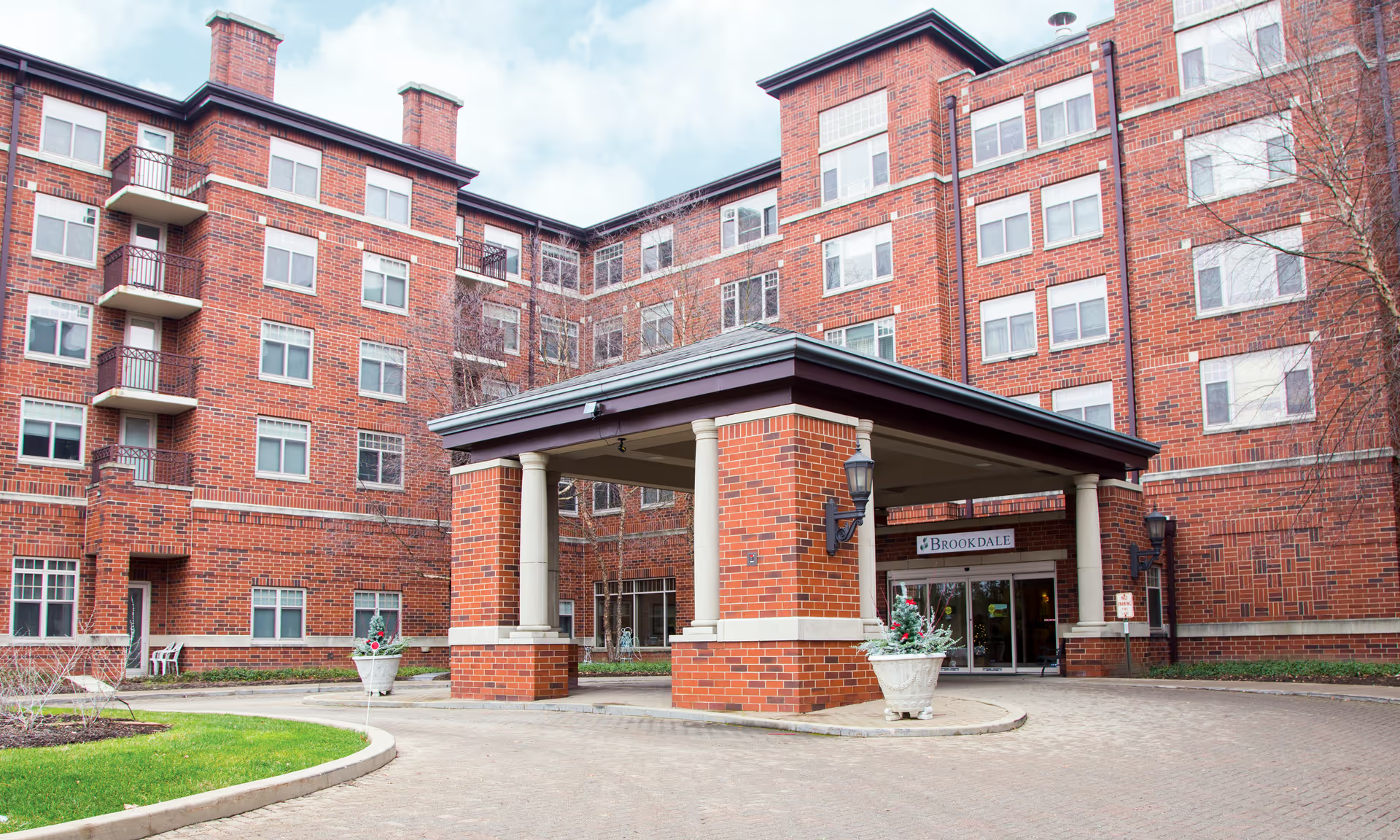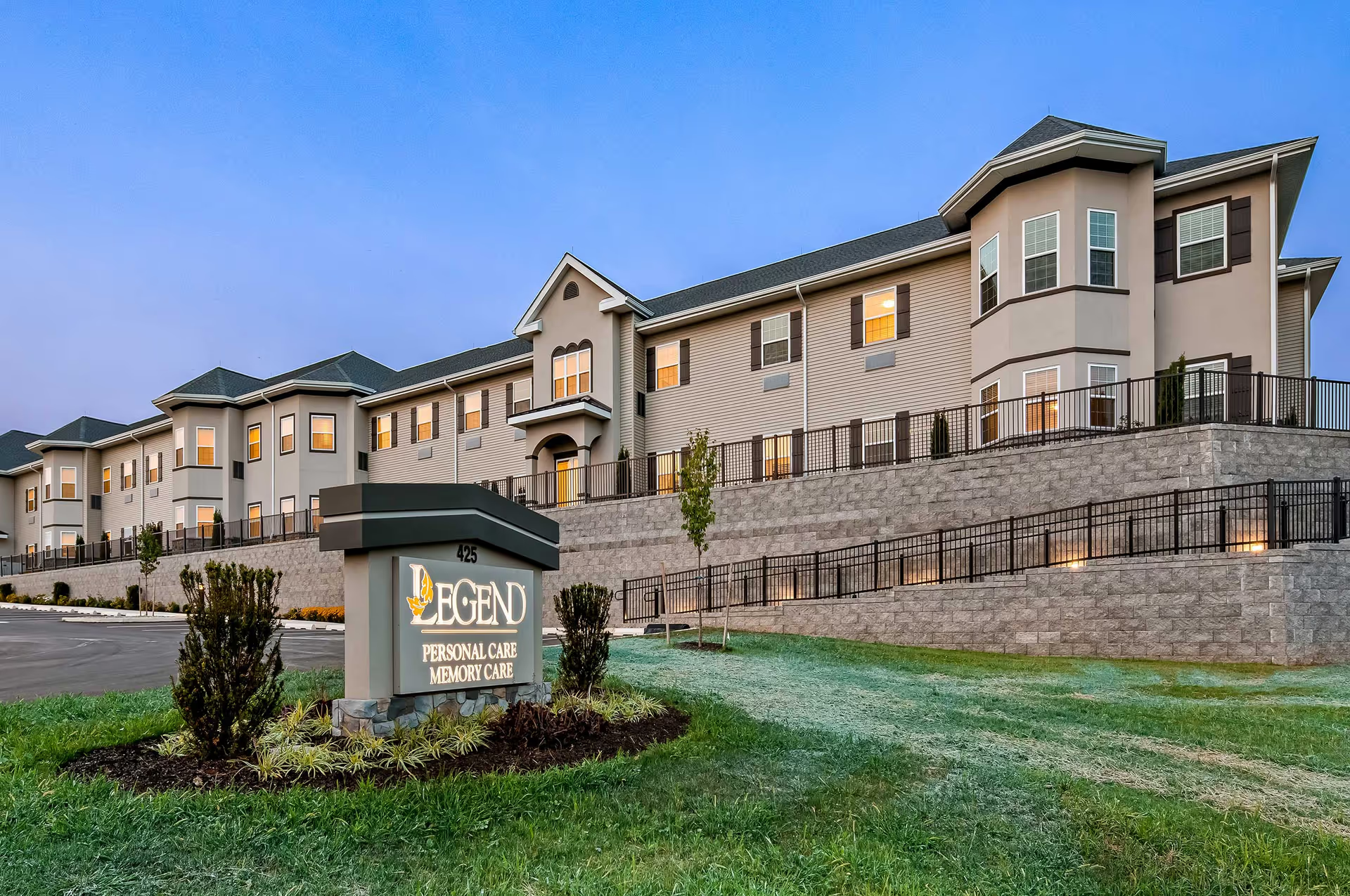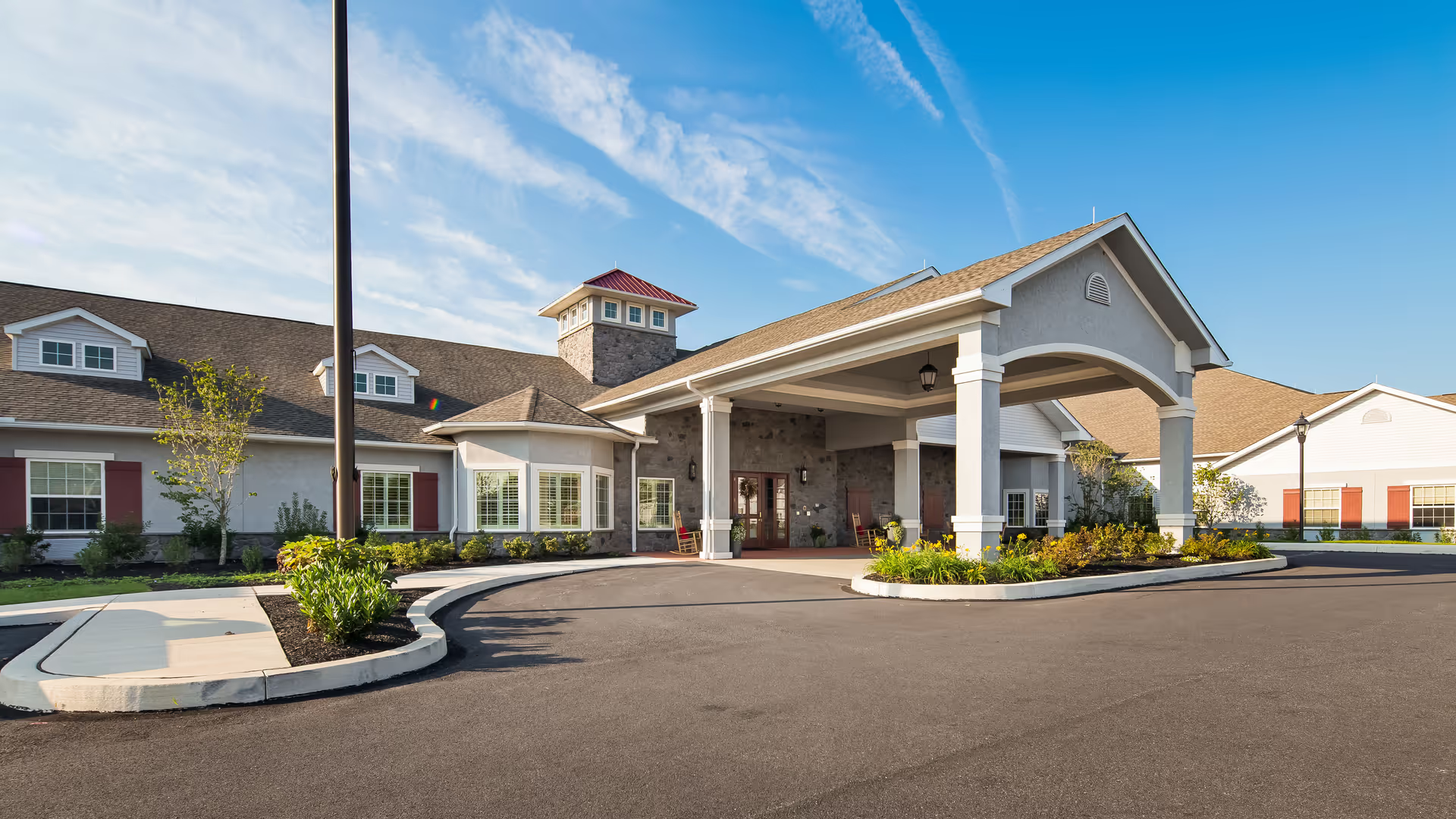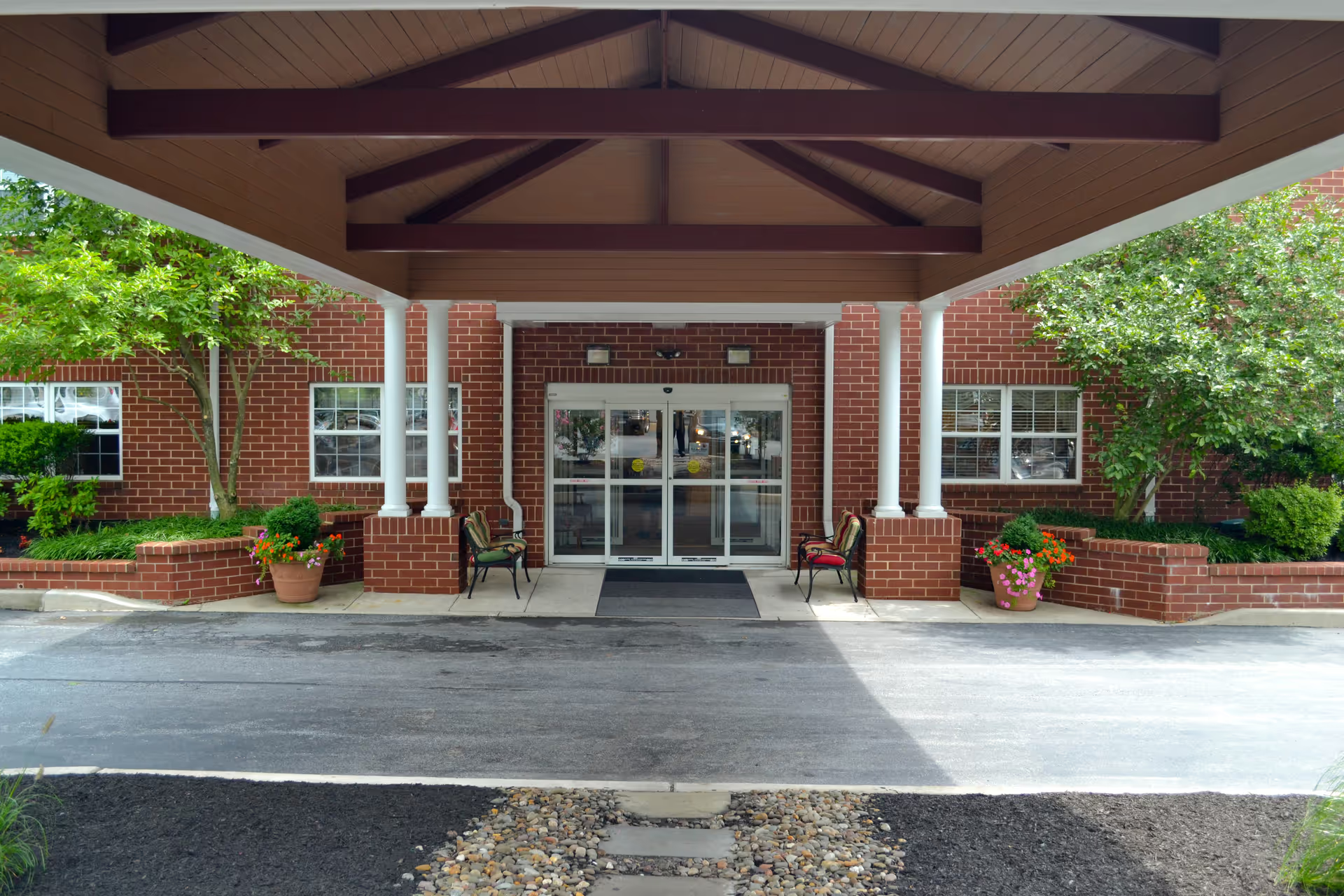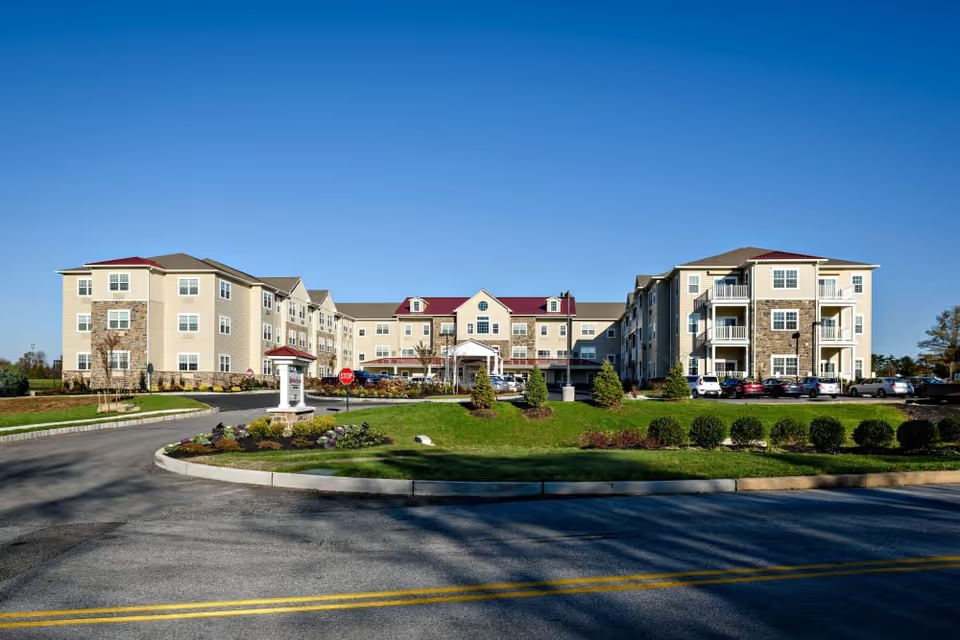Overall sentiment is mixed and highly polarized: many reviewers praise direct-care staff and specific nurses for compassionate, respectful, and family-like care, while others report serious safety, hygiene, and management problems that significantly undermine trust. Positive feedback centers on individual caregivers and the warm, home-like atmosphere they create. Negative feedback centers on infestations, alleged abuse/theft, and administrative behavior that appears to conceal or mishandle complaints.
Care quality shows two distinct patterns. On one hand, multiple reviewers specifically single out staff who provided exceptional, supportive care—particularly during residents' final days—and express heartfelt gratitude. Many describe the environment as loving, respectful, and home-like, and family members note helpfulness and friendliness from specific employees. On the other hand, there are strong complaints of poor care, incompetence, and disrespect from other staff members. This inconsistency suggests uneven training, supervision, or staffing levels: some residents receive attentive, compassionate care while others experience substandard treatment.
Staff-related themes are similarly split. Several reviews emphasize caring, compassionate, and supportive staff and nurses who go above and beyond. Yet the reviews also repeatedly mention high turnover, which likely contributes to inconsistent experiences and may strain remaining staff. There are also accusations of incompetence and unhelpful policies from some reviewers. The coexistence of praised individuals and reports of inadequate care points to variability in staff performance and possibly gaps in hiring, training, or retention.
Management and administrative concerns are prominent and troubling in several reviews. While an open-door management policy is mentioned, multiple reviewers allege that administration is untrustworthy, hides concerns, manipulates investigations, and may retaliate against staff who complain (for example, staff relieved of duties after raising issues). There are also claims of theft and abuse that reviewers say were not handled transparently. These allegations, if accurate, indicate systemic problems with oversight, accountability, and complaint resolution that could seriously affect resident safety and family trust.
Facility and environmental issues include reports that the building is older and needs updating. Most alarmingly, some reviewers allege a roach infestation severe enough that roaches were found in patient beds. This represents a significant hygiene and infection-control concern and contrasts sharply with descriptions of a warm, home-like atmosphere. The combination of an aging physical plant and reported pest problems raises questions about maintenance, pest control, and regulatory compliance.
Taken together, the reviews paint a picture of a facility with meaningful strengths at the level of individual caregivers and a warm culture created by certain staff, but also with severe, recurring problems around administration, consistency of care, safety, and facility maintenance. The most frequently mentioned positive factors are compassionate staff and a family-like atmosphere; the most significant negative factors are infestation, allegations of abuse/theft, administrative concealment or manipulation of complaints, and high turnover leading to inconsistent care.
For prospective residents or families, these patterns suggest the importance of in-person observation, asking specific questions about pest control, staff turnover, complaint procedures, and regulatory inspection records, and probing how the facility documents and resolves allegations of abuse or theft. The reviews indicate that experiences can range from exceptional, deeply caring care to disturbing safety and administrative lapses, so due diligence is advised before making placement decisions.

